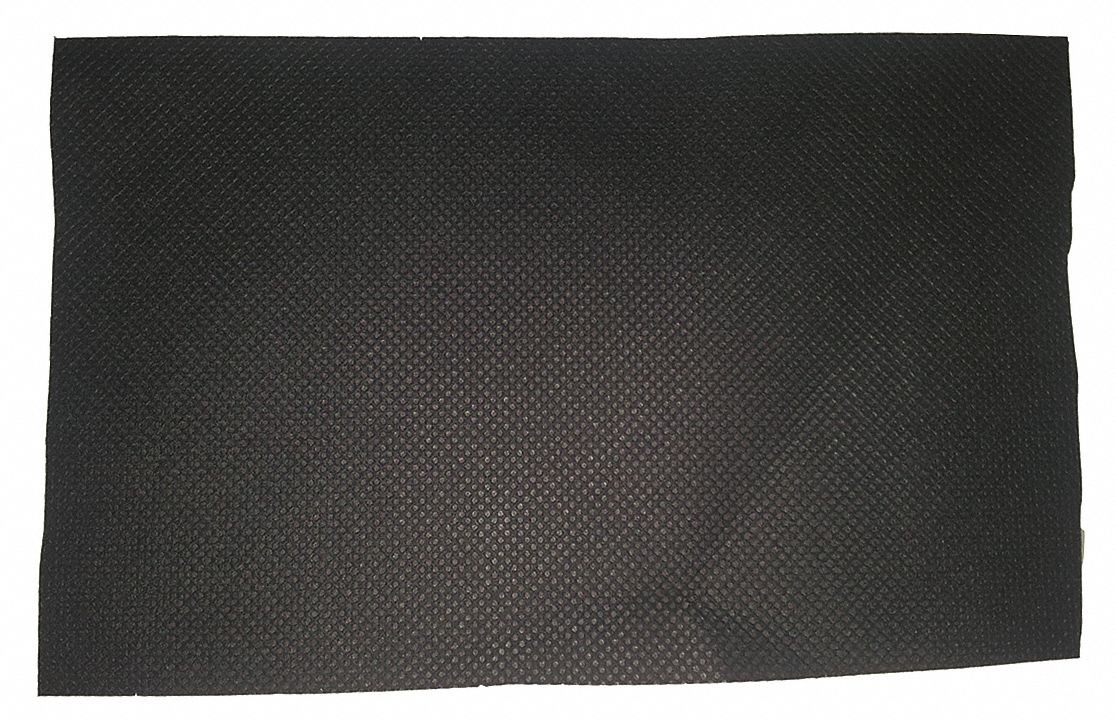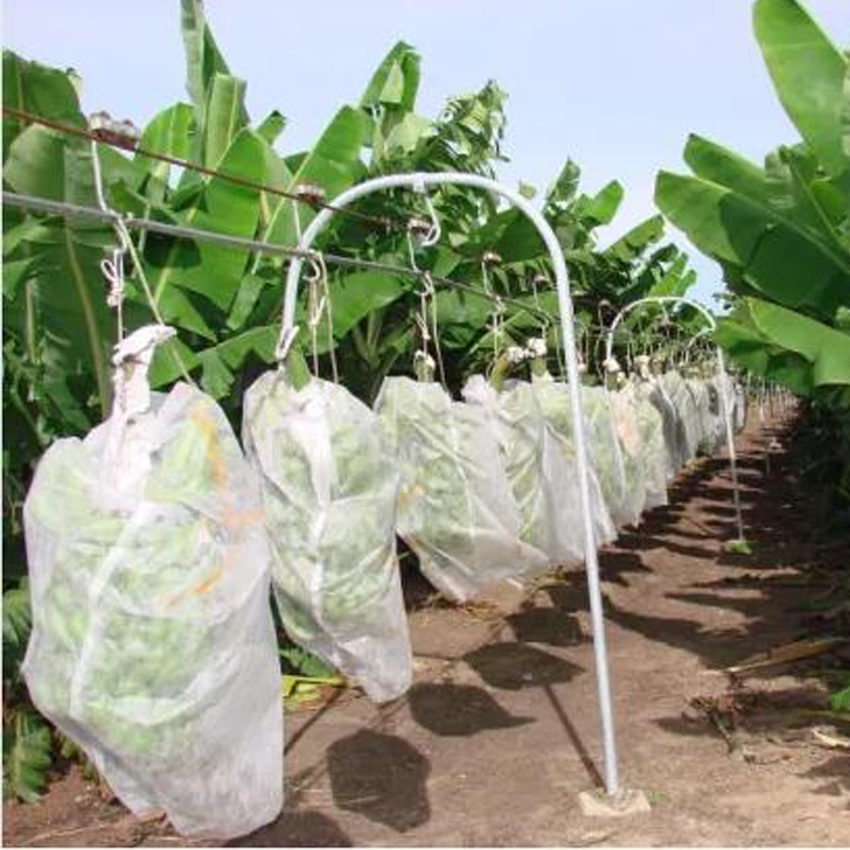
Non-Woven Industries Development. Nonwoven fabric is a product that emerged from the petrochemical and plastics industries following the introduction film. It is less heavy than plastic cloth and provides better ventilation. It is frequently utilized in sanitary and medical items such as napkins for sanitary use, facial towels, and filters, etc. It was later used in engineering. Non-woven fabrics are utilized to protect plants from the effects of cold. Although the production of non-woven fabrics is more complex than plastic film, the fundamental ingredients are basically identical. It comprises PE (polyvinylchloride), EVA(Ethylene Vinyl Acetate Copolymer) EVA/polyethylene and PVA/polyvinylether. By melting plastic and inflating the resulting thin film, traditional plastic film can be made. It is a continuous film. It is able to stretch for a long time. The film is completely porous. It is a completely impermeable film that prevents the exchange and movement of any molecules through the film. In the wake of the growth of the industry of textiles, synthetic chemical fibers made of the mentioned raw materials have replaced the majority of natural plant fibers and quickly became the most sought-after product of the industry of textiles. However, these chemical fibers can still form cloth using the traditional method of weaving techniques, either weft or warp. So-called non-woven material is formed by interlocking fibers on the same plane at various angles in all directions rather than using traditional warp and weft methods. It is a superior material over traditional woven fabrics. The process of production can be finished from the raw materials to final products in a single step. The traditional method of drawing fibers into them and then weaving is eliminated in production, meaning that the price is much lower. The last few years have seen the widest range of non-woven fabrics used in the clothing industry. Due to the advances in the field of material science and the advancement of and application of production technology, nonwoven fabrics have become more varied and are being used more widely. Everyday we encounter different materials and products. The increasing use of non-woven fabrics in agriculture is mainly due to their lightweight, simple production, cost-effective, diversity, and wide range of applications. See this non woven weed control fabric for advice.

Non-woven Fabrics are used in the Agricultural Industry. Non-woven fabrics first came into use in Europe in the year 1978. They were used to keep carrots warm during early harvesting and to stop whiteflies and tomato leaf virus. Non-woven fabrics are used in the United States for the mulching and protection of tomatoes, sweet peppers. carrots, root vegetables, carrots. Radishes. The cabbage. lettuce. It is mostly used for heat preservation, early harvesting and insect control. Non-woven materials are often used as surface covers, such as grass-proof mats. Short fibers are also utilized for the creation of water-absorbing blankets that are sprayed on nursery beds in order that the roots can completely absorb any water. They can be used for the ground medium used in the production of turf. They can be utilized as planting bags to guard large trees like gardens or fruit trees, and to hold in water. In Taiwan along with the previously mentioned purposes non-woven fabric is utilized in crop protection. They are also utilized for controlling the environmental impact of large greenhouses to reduce energy consumption. Double-layered coverings and canopy curtains minimize heat and radiation at night. In the beginning, TAVIK non-woven spun-bonded TAVIK fabric of high density was employed to shade and shield cauliflower bulbs. Its low thermal conductivity, high shading ability and easy recycleability soon made it popular with farmers. Then, it was used for the shade preservation and protection of leaf vegetables, as well as the cultivation and preservation of fruit trees and pineapples. Due to the unique climate and ecology of Taiwan, the development of the non-woven sector has been slow. Taiwan's non-woven fabric makers continue to innovate non-woven technology. Their main focus is the permeability of air and water as well as water repellency. They are now focusing on preservation and storage for agricultural products. See this wholesale agriculture non woven fabric for more info.
